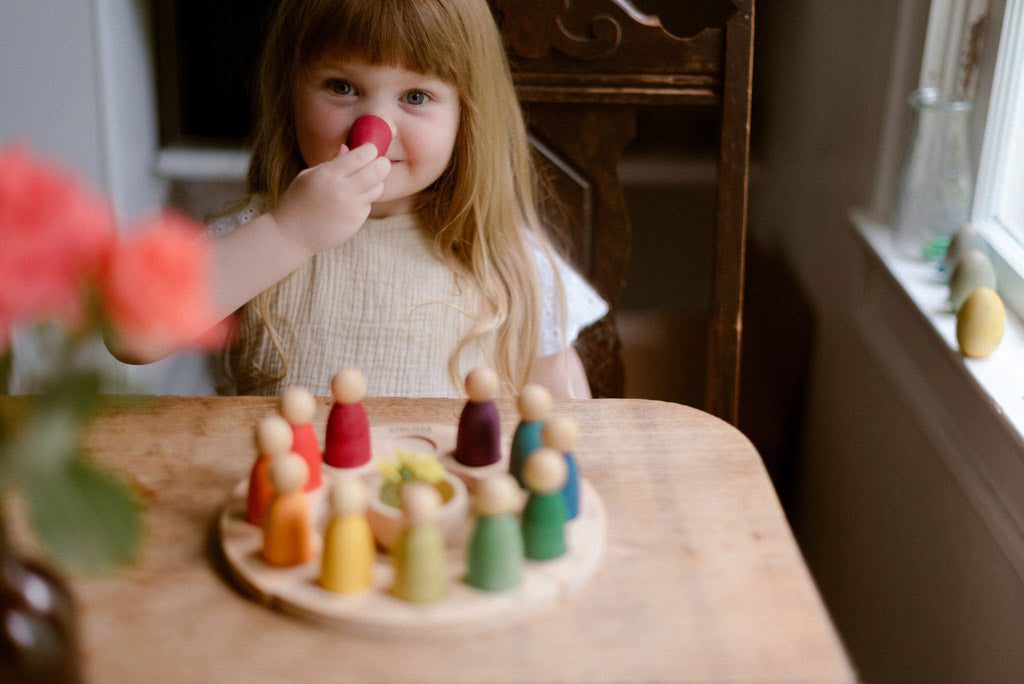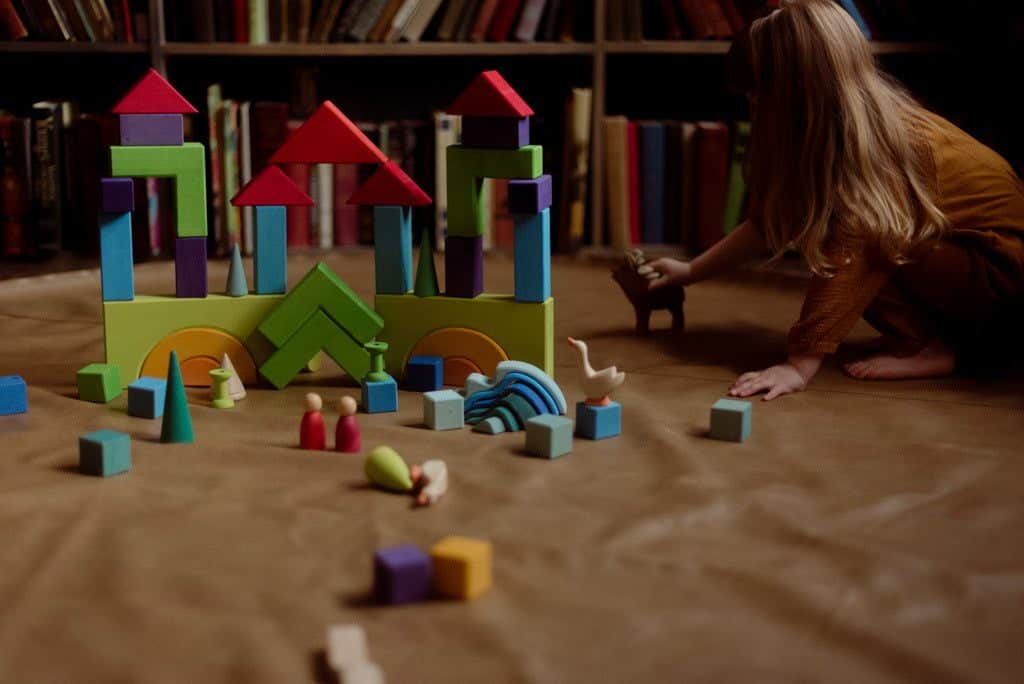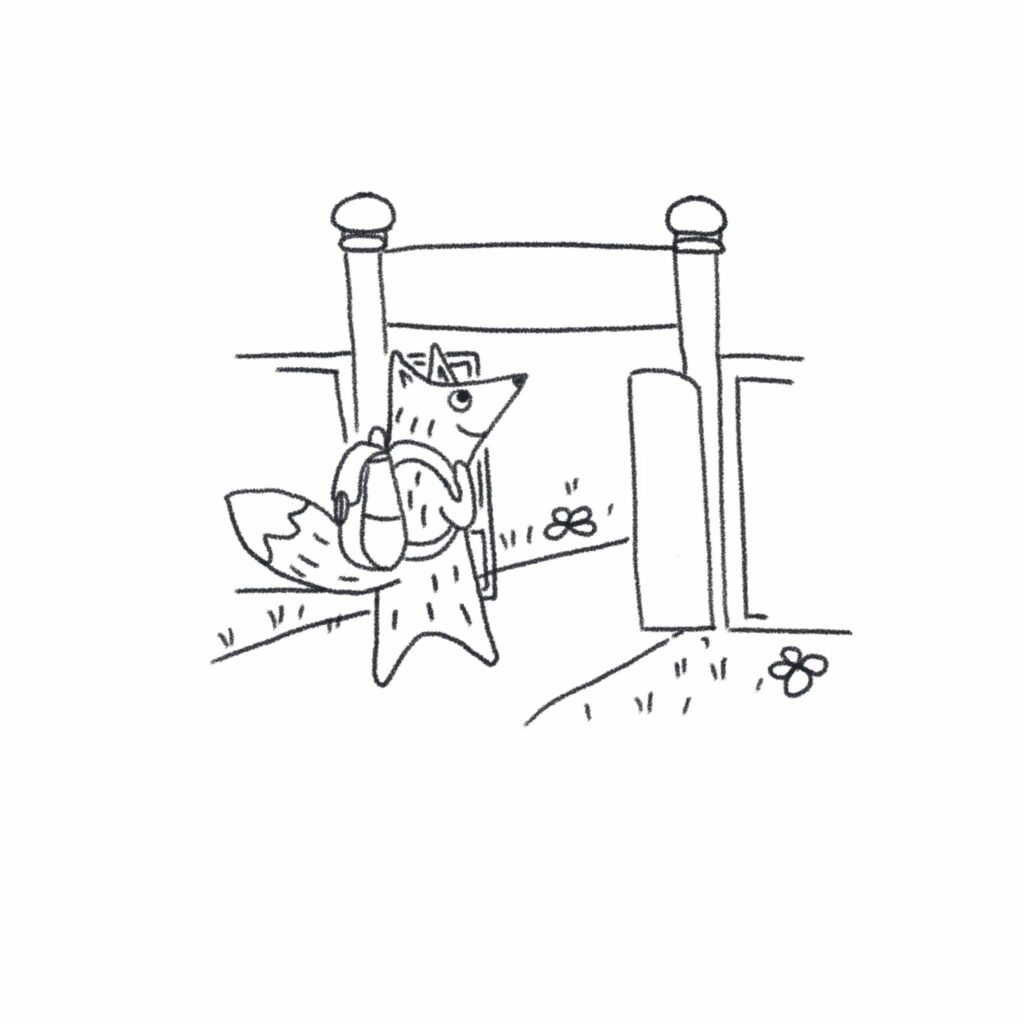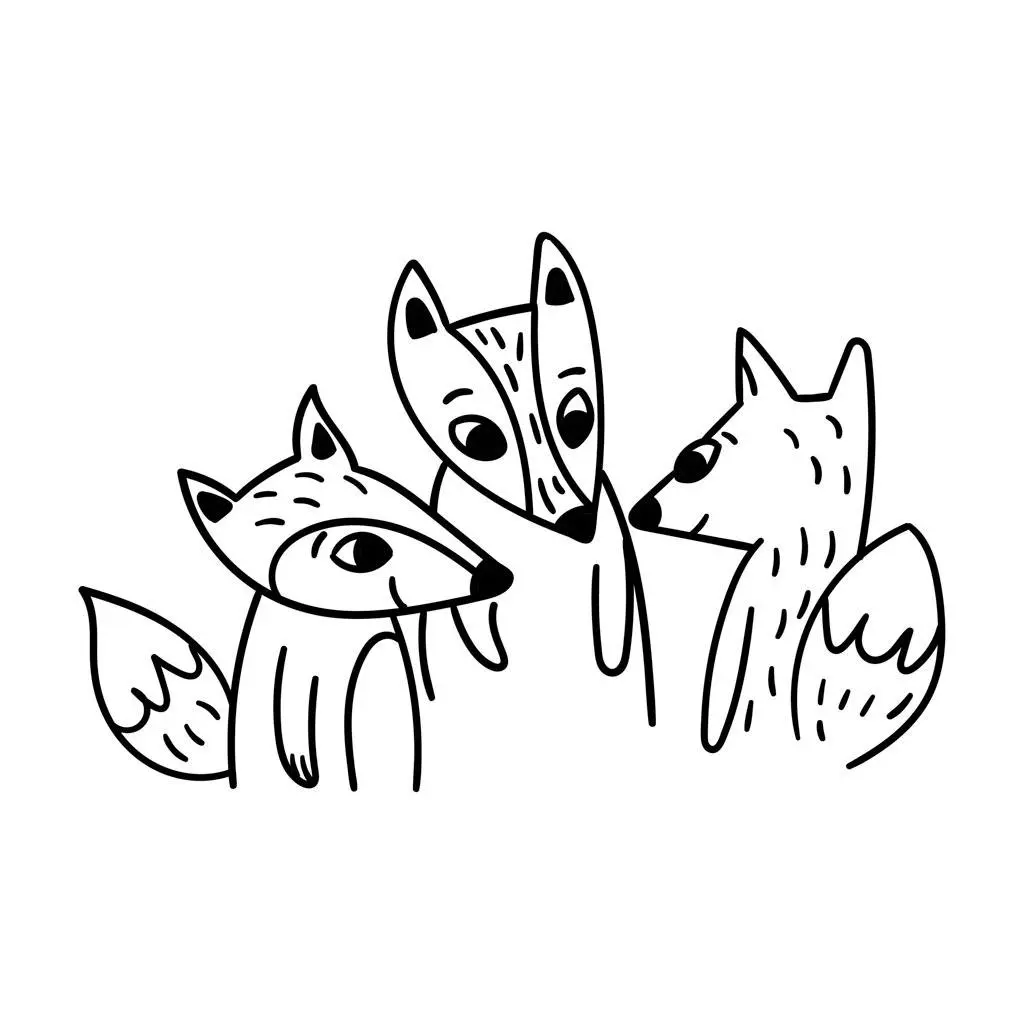You’ve just sat down with a well-deserved cup of tea when you hear the pleading call, “Come and play with me!”

It’s been a busy day and you’ve got a million things on your mind but you obligingly put down your drink and commit to some quality playtime with your toddler or preschooler. The problem is you’re struggling to muster enough enthusiasm to get into character. You go through the motions playing ‘shop’, you shuffle the animals round the zoo and you sigh as you’re asked to replay the same mums and dads scenario for the eleventh time. You remember the laundry needs folding and make your excuses to go upstairs before feeling guilty at bedtime for not engaging more.
Maybe imaginative play makes you feel a bit awkward or silly. Or perhaps you just get bored of playing with your children sometimes. It happens to all of us. Even the most Insta-perfect parenting influencers sometimes find playing a chore. With many parents having spent an abundance of extra time at home with their children this year thanks to lockdown, it’s no wonder some of us are fresh out of ideas. So how can you get your creative juices running and learn to love playing again?

Why do adults struggle to play?
There was once a time in your life when you were an expert at ‘playing’. As child psychologist Piaget determined in the 1960s, play is essential to the way that children learn because they are active learners. Play gives them the opportunity to experiment with scenarios and use repetition to develop their skills and knowledge. However, as we get older, reasoning and logic take over and we become more passive learners. Add to this a healthy dose of adult responsibilities, societal expectations, work pressures and limited leisure time and it’s no wonder we’ve forgotten how to play.
The thing is, we are all born with an active imagination and the ability to be creative. It is a core part of what makes us human. It’s just that most adults have gotten out of the habit of playing in the very specific, exploratory and imaginative way that children do.
Our brains love habits. We use them as a way to save energy so we can spend the majority of our lives on autopilot; repeating the same things that worked for us yesterday and the day before. When we are babies and children our brains are more open to trying new things and building new neurological pathways, but once your mind has found routes that work, there is no need for further exploration.
Imagine a mountain with water flowing down it. When we’re young, the mountain is covered in small trickling streams that wind playfully down the mountain. As we get older, we carve out huge flowing rivers and the trickling streams dry up. Childhood play is often one of these streams and once you get out of the habit of playing it’s more difficult to get started again. But the good news is that we can rewire our brains. It’s called neuroplasticity. By making a conscious effort to explore and engage in play (or any activity) again, we can relearn how to do it. And not only that, but the more we do it, the easier it becomes.

Why adults should engage in play?
At 100 Toys we are big fans of independent play, but there is also huge value in adult involvement in play – for both children and adults!
Christina Ward is one of many researchers who have found that adult involvement in play can have a beneficial impact on children’s cognitive growth. Play can still be child-led (there is a big difference between adult-led play and adult involvement in play) but by facilitating play, asking the right questions, making suggestions and sparking your child’s curiosity to know more, you can help children extend their learning and introduce new ideas that enrich your child’s play. It’s an approach used by many early years settings.
In terms of the benefits for parents, playing with your child is a great way to build a stronger bond between you. It gets you smiling and laughing, which pumps oxytocin around your body, reduces stress and makes you feel happy. As well as being enjoyable, engaging in play can also boost your own creativity by improving your brain function.

How to enjoy playtime with your child
So how can you give yourself a much-needed creative boost when your child next asks you to join in with their playtime?
Get moving
Adults often prioritise cognitive thought over physical movement, so when it comes to playing with our children, we sometimes struggle to throw our whole selves into the activity and end up feeling awkward or taking part half-heartedly. Start a playtime session by putting on some music and dancing around with your child or doing a workout together. Get silly, laugh lots and it will all help to loosen you up and get you ready to be more engaged in play.
Stop blocking your child’s ideas
When actors are learning how to improvise (which is essentially an adult form of imaginative, open-ended play) they are told it’s really important not to block other people’s ideas. Nothing stifles creativity faster than someone repeatedly being negative about your suggestions. So, unless your child is suggesting something really dangerous or unreasonable, say yes! Say yes to bringing down all the duvets and sheets to make a den. Say yes to going out in the pouring rain to play underwater adventures. Say yes to rearranging all the furniture in the house to make a police station. Your child will be happier and more engaged if you have said yes to their ideas.
Equally, don’t be too prescriptive about how your child plays with their toys. For example, Grimm’s rainbow stackers don’t just have to be used to create rainbows. If your child wants to turn them upside down and make racing boats for their rainbow tomtems or balance them on top of their (empty!) drinks cups then there is no real reason to say no.

Get into character
Speaking of acting, if you throw yourself into play with enthusiasm, you’ll quickly find it’s so much easier to take part. Exaggerate your expressions and reactions, widen your eyes, broaden your smile, make your arm movements bigger and more purposeful. Let your child know you find wonder in their ideas by offering them plenty of verbal encouragement. The more animated you are, the more your child will respond and the more enjoyable you’ll both find playtime.
Learn to love repetition
Repetitive play can be mind-numbingly dull for adults but it’s essential to how babies, toddlers and preschoolers learn. Its official term is ‘schematic play’ and it’s your child’s way of practicing ideas and concepts. Children often gravitate towards a particular ‘schema’ (read about the different schemas here) so any activity related to their preferred schema will really stimulate their imagination and keep them engaged in repetitive learning for longer.
You can support your child’s schematic play by setting up or suggesting particular activities. Or, if you are invited to take part in something your child is already engaged, spot opportunities for schematic play and embrace the repetition! Allow yourself to get absorbed by your child’s clear enjoyment of repeating the same thing over and over and recognise that they are actively learning.
See possibilities in everything
The magic of play for children is that they can pretend anything is, well… anything! Broken crayons can become pirate treasure, food for the animals, shop money, magic beans or dinosaur eggs. Underneath your dining room table can be a bear cave, a space ship, a unicorn school or a dog kennel. Help make creative suggestions that open the door to your child’s imagination and you’ll soon see they start doing this more independently too. If you struggle with these sorts of ideas, spend one evening brainstorming. Write down as many different scenarios and ideas as you can think of. The more far-fetched the better! Writing down ideas is one way to really boost your creative thought and you’ll find that some of those ideas will then naturally spring to mind the next time you are playing.

You know your child best
When you’re struggling to engage in play it’s very easy to lose yourself for an hour on Pinterest or spend all morning googling for inspiration. In the 21st century there are a billion ideas at the touch of our fingertips. But even the best ideas from the world’s top influencers and parenting gurus won’t be as good – or as tailored to your child’s interests and needs – as the organic play that emerges when you and your child play together.
Start with a story
If you really need some inspiration try using a storybook as a starting point. Books provide a range of locations, characters and storylines that you can use as a springboard to start an open-ended play session where both you and your child can find comfort in familiarity.
Limit the toys you play with
We talk a lot at 100 Toys about toy rotation. It essentially means only having a certain number of toys available to play with at any one time and rotating toys on a regular basis. (Read more about the benefits of toy rotation here). It’s a great way to boost creativity and focus because otherwise children (and you!) can easily get distracted or feel overwhelmed by the options available.
Don’t play teacher
Learning doesn’t have to mean acquiring knowledge in the traditional sense of reading, writing and arithmetic. Don’t feel pressured to force ‘knowledge’ into play sessions at home, particularly if you are pushing something that your child isn’t already curious about. Your keenness to ‘teach’ something through play can have the reverse effect of turning your child off from engaging in the activity. Some of the most valuable learning opportunities for toddlers and preschoolers are to be found in child-led play, so resist the urge to take control. Remember that whenever you interact with your child, they are learning personal, social and emotional skills and an excellent way to practice these skills is through play with you.
Lower your expectations
Not all play sessions are going to go perfectly. Sometimes they’ll be disagreements, tantrums, unwanted behaviour or everyone will just end up feeling a bit bored. But the more you participate when asked, the more it will become a habit.
Avoid digital distraction
When playtime is going well, it’s tempting to take lots of pictures and videos to share on social media or simply to record the memory. But don’t break the spell of a magical playtime session by getting your phone out. Before you know it you’ll be sucked into replying to emails, texts or checking notifications and your attention will be lost.

It’s not about you
You’re finally immersed in imaginative play and have developed back stories, accents and plot lines for characters – great work! But don’t get carried away. If you suddenly catch yourself shifting to adult-led play (dressed in full costume, standing on top of the dining room table) take a step back and let your child make the next move. While a parent that loves to play is every child’s dream, don’t forget that this is their time to shine, not yours.
By Kate Cashmore



